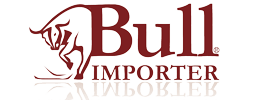Importing sophisticated machinery or undertaking entrepreneurial ventures becomes more competitive when teams are imported from China. Whether it’s 3D printers, laser equipment for tattoo removal, or any type of electrical or mechanical instrument, smart importing involves demanding product quality, warranty, compliance with European or American technological and safety standards, and compatibility with common supplies and spare parts. With the same productivity and performance, less investment effort is required. The most important step is knowing how to order the machinery.
The regulations, spare parts, warranties, maintenance, and compliance with European regulations are the key aspects that imported machinery from China must meet for the operation to be profitable in the medium and long term.
Importing machinery from China increases the competitiveness of companies. The operation will be much more profitable if there is an ally for managing with the suppliers. It is essential that the buyer specifies the requirements and complies with European directives.
Not all machinery manufacturers in China are capable of meeting these requirements, so it is advisable to delegate the search for the ideal supplier and negotiation of the merchandise price to an import management company. Machinery encompasses a wide range of tools manufactured for industries that are unrelated (agricultural, graphic, construction…). However, most factories related to machinery are located in the major industrial zones of China, such as Jiangsu, Shanghai, Zhejiang, Shandong, or Guangdong. More than half of the machinery produced in China is exported from these major hubs.
Visiting supplier to supplier is very costly and slow, making it unfeasible in most cases. Bull Importer has international offices in the Asian continent, where our experienced staff in supplier search and negotiation facilitates import operations.
Our clients only need to specify the technical specifications for our team to get to work.
Technical specifications for importing machinery from China
Many machinery buyers operating on their own make the mistake of asking their supplier for a “good quality” tool. This beginner’s mistake can ruin an operation because the concept of quality from a Chinese manufacturer usually does not align with the buyer’s idea. To avoid wasting time and money, one must be as explicit as possible, providing in writing all the details of the part they want to import.
The list of specifications will vary depending on the type of machinery to be imported. Below are some of the details you will need to provide to your supplier:
- Model, intended use definition, and required functions
- Motor specifications, voltage, power, and energy efficiency
- Water and dust protection class (e.g., IP65)
- Control system
- Software and user manuals
- Weight, dimensions, and materials
- European certification it must comply with
- Packaging system for export
Requirements for importing machinery in Europe
The import of machinery is regulated by mandatory European directives. The buyer/importer is responsible for ensuring that the imported machinery complies with the applicable standards. Otherwise, they are exposed to significant penalties and confiscation of the goods at customs. Machinery manufactured for the local Chinese market generally does not comply with European safety, mechanical, and electrical standards. The supplier must always demonstrate compliance, but it is crucial that the buyer knows which standards or directives are required in their case.
In the European Union, the CE Machinery Directive applies, which includes the following:
- CE marking on product units, packaging, and user manual. Special attention must be paid to possible counterfeit markings.
- Compliance with electrical and mechanical regulations of the directive
- Provision of technical documentation for the machinery
As with other goods, compliance with the RoHS (Restriction of Hazardous Substances Directive) regulations is mandatory. In addition, for certain types of machinery, ISO standards, specific directives, or the specific regulations applied by each EU member state may apply.


